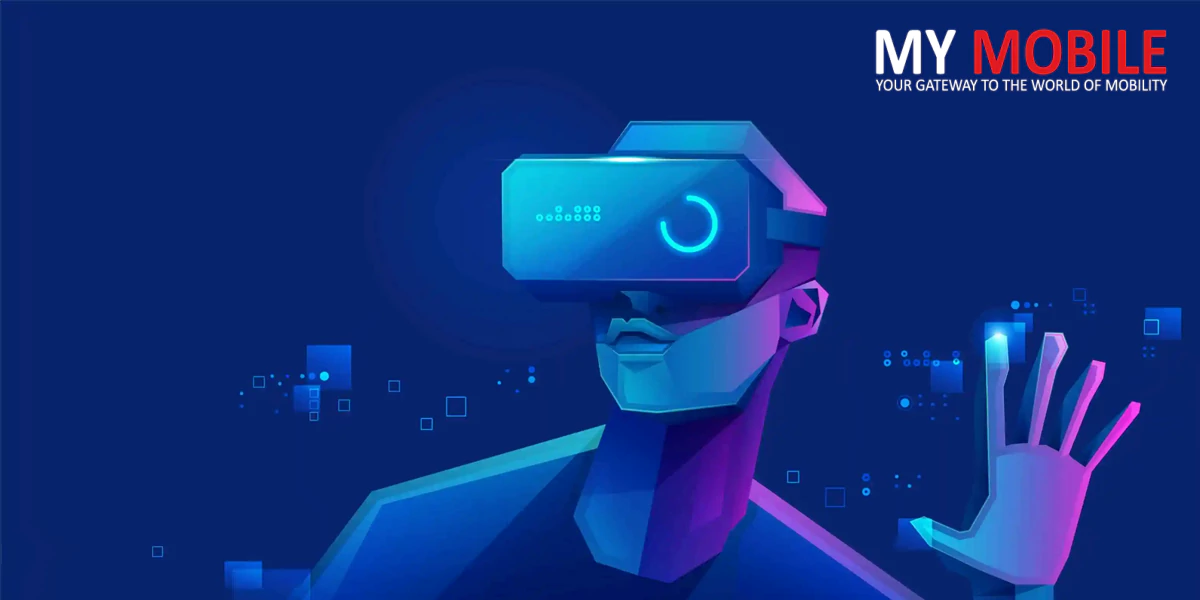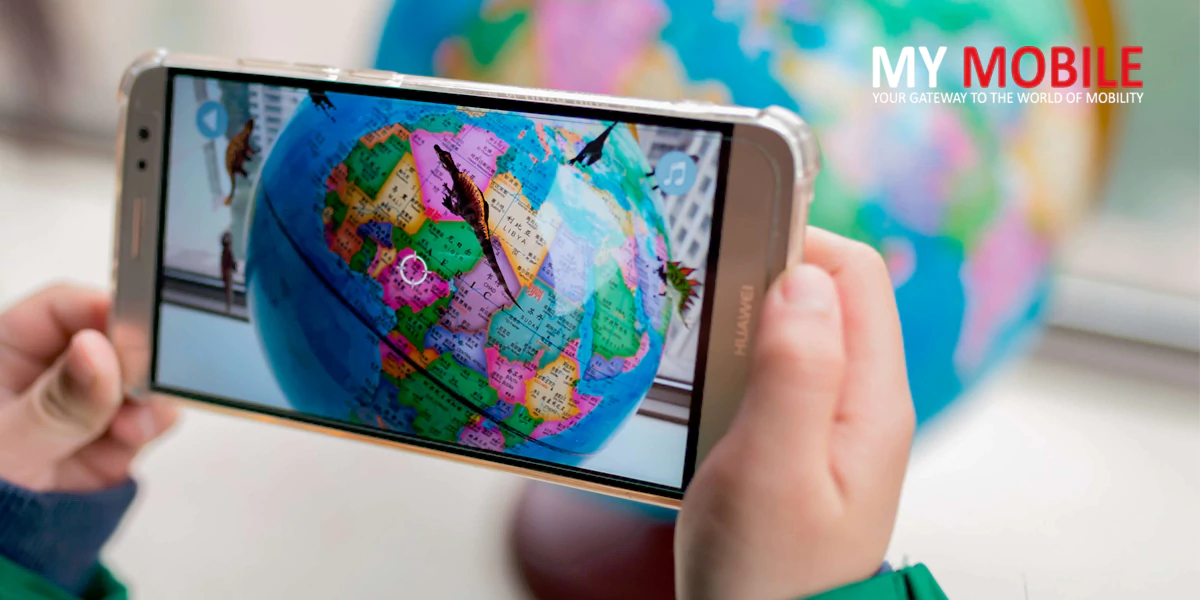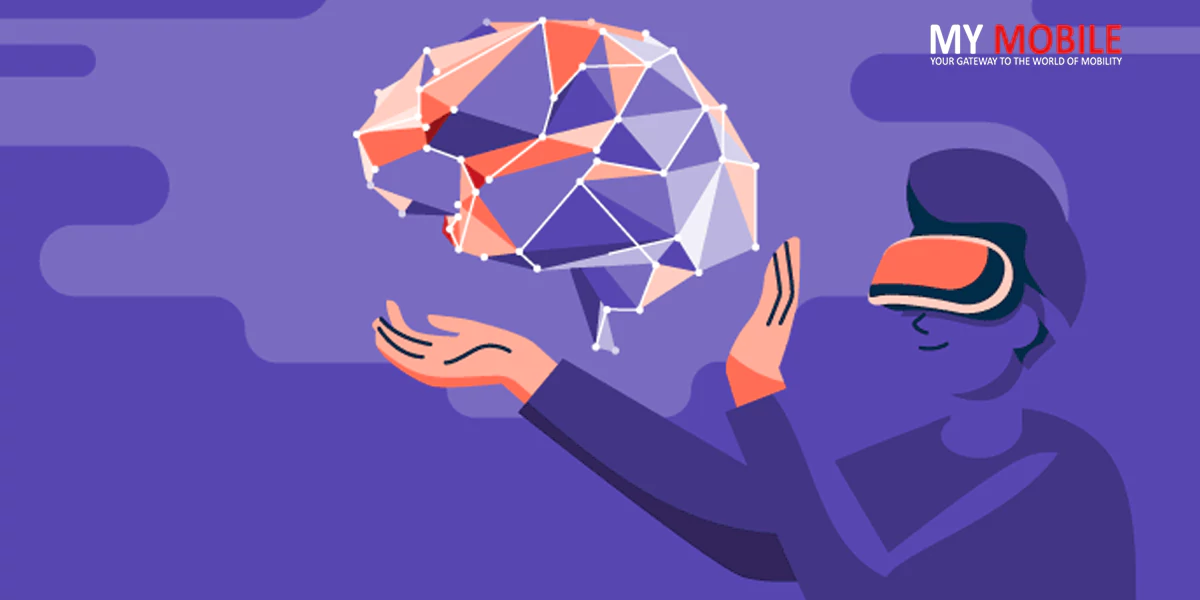Extended reality is an umbrella term for technologies rising to revolutionise the course of the present and future in unimaginable ways. Facilitating an immersive world, extended reality refers to the spectrum of the virtual continuum. This means extended reality is where all the real and virtual combined environments are included. These environments include augmented reality, augmented virtuality, cross reality, and mixed reality. Virtual reality is also included in XR at the very end of the spectrum. Reality itself, however, is not included in extended reality which of course is at the opposite end. In this article, we are getting into the details of all other branches of technologies that actually create extended reality.
In simple terms, we have virtual reality (VR) that basically involves putting on a headset to enter a fully immersive 3D digital environment. Second, we have augmented reality (AR) which involves using a phone or glasses to overlay computer images on top of the real world. Lastly, we have mixed reality (MR), which is somewhat a combination of both VR and AR. Now, let’s try to understand each in detail and also understand the difference between MR and XR and AR.

VR – Virtual Reality
VR has been growing in popularity for the past few years. It is basically a technology that immerses you in a 3D environment that seems real taking away the limitations of the real world to allow you to go wherever you want and see what you’re interested in. It’s a simulated experience used in various industries such as gaming, educational, entertainment, and corporate office environments to allow people experiences that otherwise may be impossible in real life situations.
Also Read: Dell Technologies launches its thinnest and lightest laptop
Once inside the virtual environment, you can explore and interact with everything inside. Technology tricks our brains into believing that what we see and hear while wearing the VR headset is real. It places you inside a 3D-simulated environment shown in 360 degrees adding to the sense of realism. You can look around and see the simulated environment all around you. If the VR user takes a step, the scenery moves as if they are walking through a real environment. Moreover, sounds are also part of the experience.

AR – Augmented Reality
Augmented Reality is actually overlaying digital elements onto the real world that we are seeing. While in virtual reality where users have glasses on and it completely blends out the environment to immerse the users in the digital world, here in augmented reality is basically where users can still see the real world but there are these augmented digital elements visible on top. The digital elements are annotations on texts or images over texts.
Users don’t necessarily need to use glasses for AR. A great example of augmented reality is Google Glass. It is where we look at things or people to get annotation or more information about it. With AR, users can now use simple tools like their smartphone cameras to scan a place to know more about.
Also Read: TSSC 2022: These emerging technologies have future shifting powers
Another great example of AR is the popular game Pokemon Go, which is probably the first widely used augmented reality game. It is where participants scan the world with their smartphone and the digital Pokemons pop up as they move.

MR – Mixed Reality
Mixed reality is one of the most recent innovations around the concept of extended reality. This is basically a step further as it takes augmented reality to another level where users would be able to manipulate the digital images that are overlaid in the real world. A great example of this is the Microsoft HoloLens or the Lenovo Explorer. This is where the user is wearing a headset that allows you to see the real world where you can place digital objects. The mixed reality headsets are different from the headset used in virtual reality, which completely blanks out the world. So, by putting on a mixed reality HoloLens, you can use and place holographs into the real world such as your room.
In simpler terms, mixed reality technology is how you interact with these virtual reality digital objects superimposed in the real world.
The primary difference between AR and MR is that MR allows you to manipulate elements of the digital world by mixing them into the real world, which is not possible with AR. This is why MR is slated as the most innovative of the leading edge of these extended reality technologies.
Also Read: Telecom Sector Skill Council to train 1 lakh people in new-age and emerging technologies
